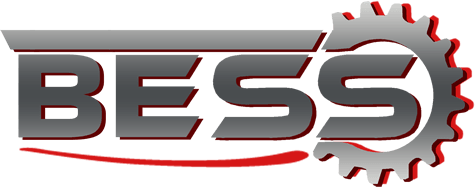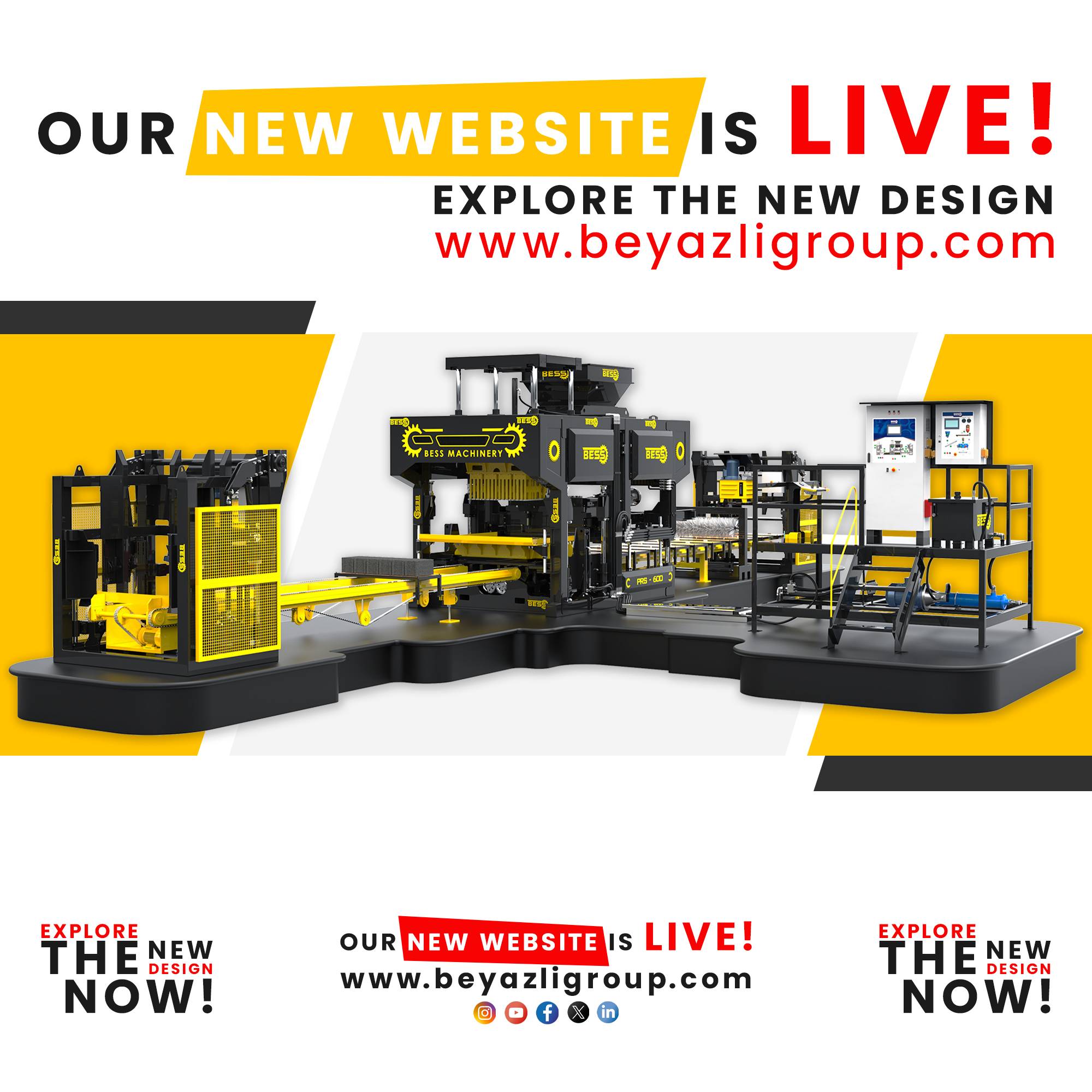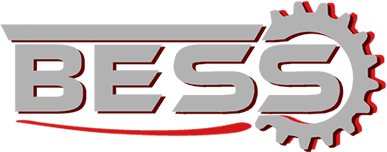Automation takes mechanization one step further. While mechanization replaces manual labor with machines, automation replaces human guidance with controls hardware, computers, and programming (PCs, PLCs, and PACs, for example), together with some help from communication devices and hardware. But automation systems can be complex, with a large number of devices working in synchronization. To make it easier to talk about automation, especially when done in a factory setting (industrial automation), engineers and plant managers have divided the topic up into three categories: field-level automation, control-level automation, and enterprise or information-level automation. Here are short explanations of each:
Field Level
It is the lowest level of the automation hierarchy and consists of field devices such as sensors and actuators. Sensors, the eyes and ears of automation, collect data on temperature, pressure, speeds, feeds, and so on, convert it to electrical signals, and relay it up to the next level. The main task of these field devices is to transfer data on processes and machines for monitoring and analysis.
It also includes the actuators, which are controlled by the next level through electrical or pneumatic signals, converting them into actions. Actuators are similar to the body’s muscles, which are the only way humans can interact with their environments. Actuators turn valves, relays, motors, pumps, and other devices on or off, or adjust their outputs to control the processes.
Types of Industrial Automation Systems
There are three general types of automation systems:
Fixed or Hard Automation performs fixed and repetitive operations to achieve high production rates. It uses special-purpose or dedicated equipment to automate a fixed sequence of assembling and processing operations. Once put in place, it is relatively hard to change or vary what the system builds or creates. Therefore, while it is inflexible in providing product variety, it increases efficiency with a higher production rate and reduces unit cost.
Programmable Automation consists of assembling and processing operations that can be changed by modifying the overall control program in the automated equipment. It is best suited for a batch production process where product volume is medium to high. It is still difficult to change and reconfigure the system for a new product or sequence of operations. Therefore, new products or reconfiguring the sequence of operations require a long setup.
Flexible or Soft Automation systems provide automatic control equipment with the flexibility to change the product design. These changes can be performed quickly through the commands given in the form of codes to various machines by technicians. It lets manufacturers turn out several products on the same production line. Some examples of this type of automation equipment include automatic guided vehicles and multipurpose CNC machines.














